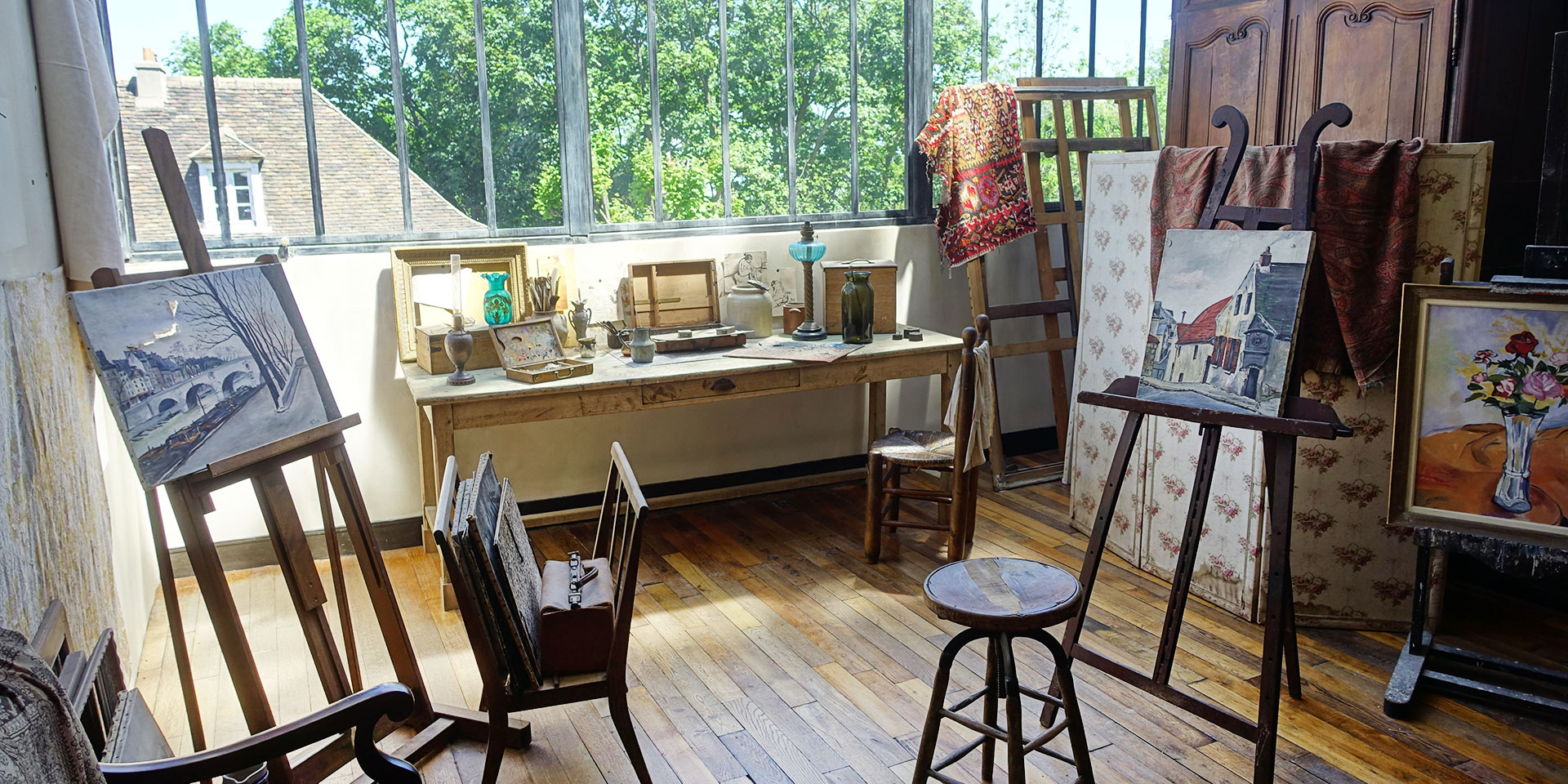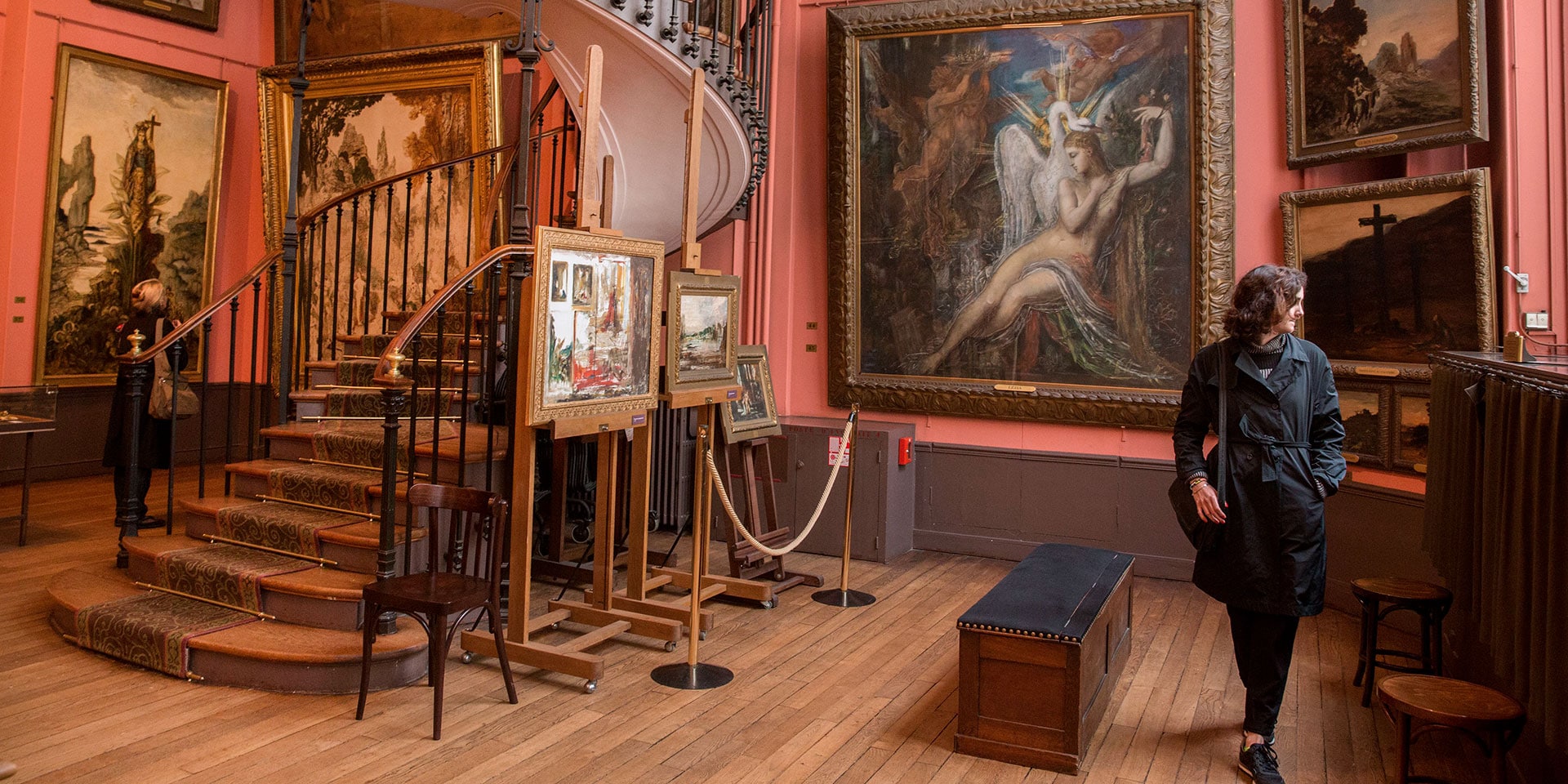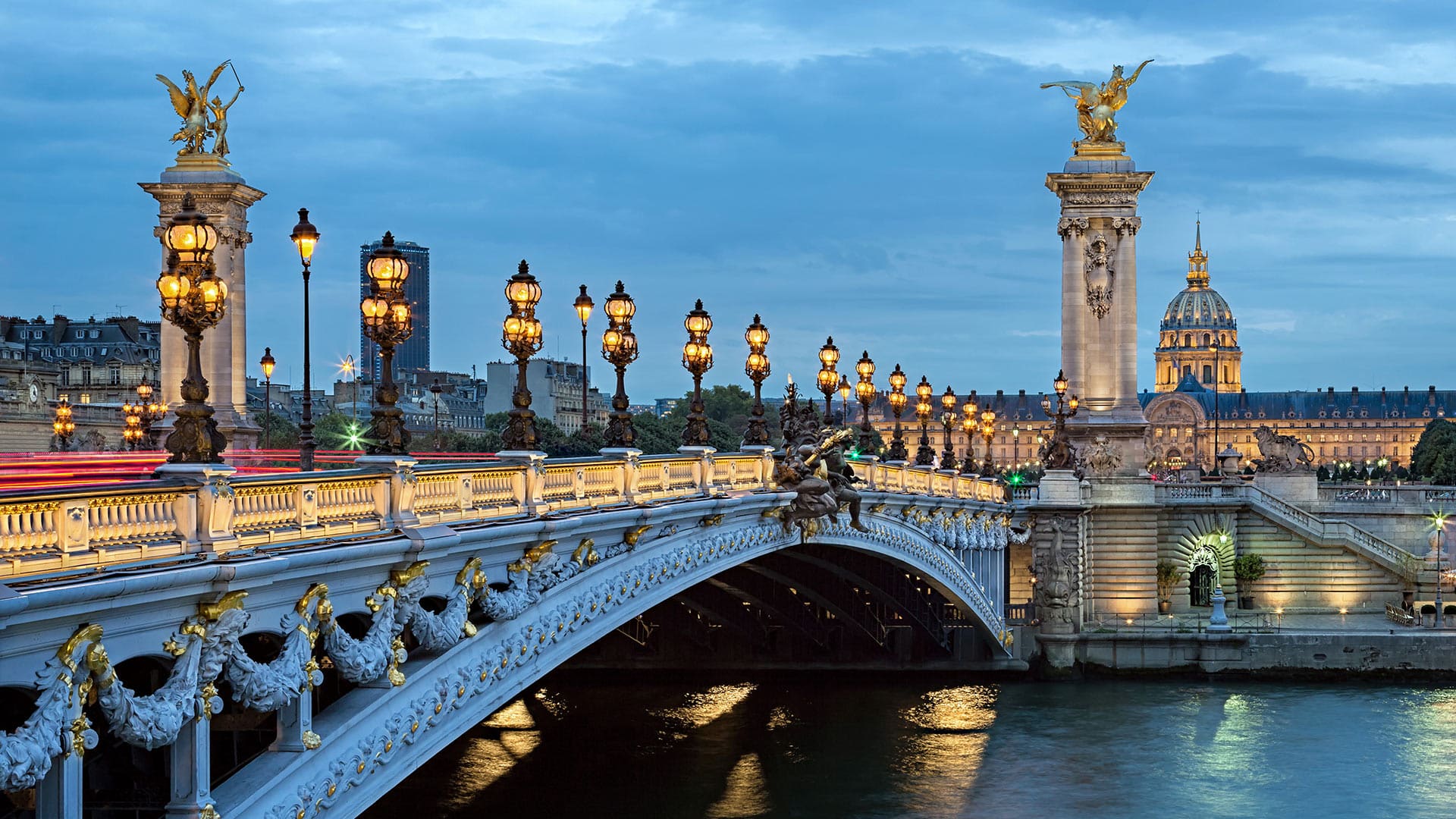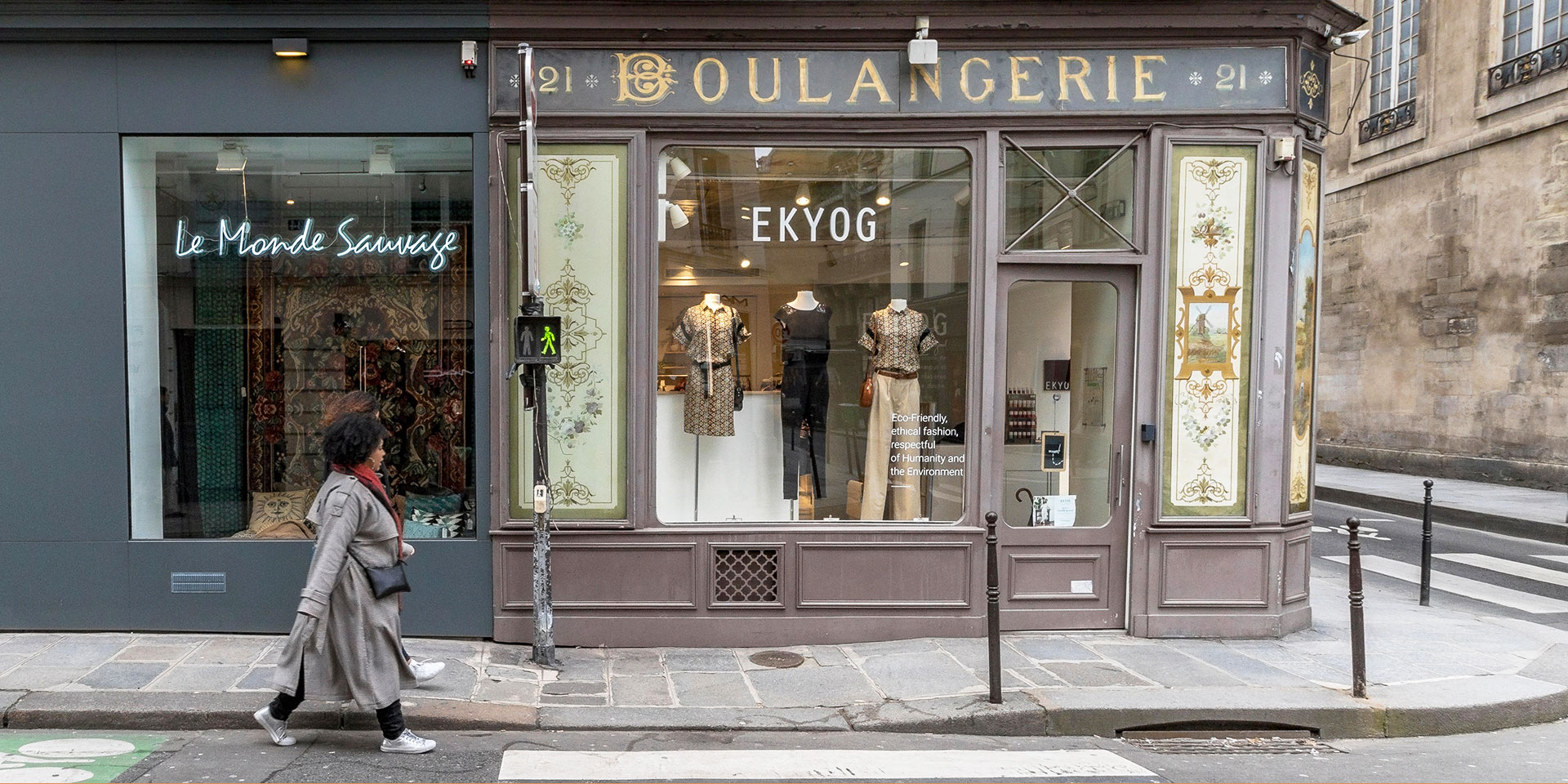
Take a dip into the world of old Paris at Musée de Montmartre. (Photo: Alamy)
Paris5 Intimate Museums to Immerse You in the Old Paris
By Jess McHughFor first-time visitors to Paris, the Louvre and the Musée d’Orsay are some of the number-one spots on their itineraries. Veteran travelers, or those looking for a unique kind of experience, can stray from the big names, however, to find a bevy of tiny, often empty and overlooked museums that show a different face of the City of Light.
Discover the Revolutionary spirit of 19th-century artists in Eugène Delacroix’s former studio, or experience the camaraderie of the city’s absinthe-swilling painters and writers at the Musée de Montmartre.
Hidden in townhouses and villas across the city, these decadent Paris museums are the perfect places to escape for a day, offering a glimpse into city life that many visitors don’t get to experience.
Musée de Montmartre
Built in the 17th century, this villa that overlooks Paris near the Sacré-Coeur basilica is the oldest building in the Montmartre neighborhood. Its heyday was arguably in the 19th century, when artists such as Pierre-Auguste Renoir, Suzanne Valadon and Émile Bernard lived or spent their working days at what was then known as the Bel Air House.
Visitors can plunge themselves into the life at the Moulin Rouge with the museum’s entire room dedicated to the French cancan or its collection of original art by Toulouse-Lautrec. The museum’s gardens offer one of the best-kept secret views of the city: looking out over the hill of Montmartre into the last surviving vineyard of Paris.
Musée Delacroix
In 1857, at the age of 59, painter Eugène Delacroix moved to the sixth arrondissement, wanting to be closer to the Saint-Sulpice church where he had been hired to decorate the chapel.
Perhaps best known for works such as “Liberty Leading the People” and “The Death of Sardanapalus,” Delacroix would live and work at this property until his death five years later.
The museum contains some of the early sketches for Delacroix’s best-known works, as well as a slew of portraits and letters. Admirers can visit the sunlit studio that he constructed on the property’s gardens (hidden from the prying eyes of the street).
Musée de la Vie Romantique
Housed in a villa nestled at the foot of Montmartre, the Musée de la vie Romantique transports visitors back in time to the 19th century. Lesser-known painter Ary Scheffer lived here for much of the 19th century, where he transformed it into an intellectual salon to welcome the likes of Frédéric Chopin, George Sand, Eugène Delacroix and even Charles Dickens.
It’s an ode to the Romantic era in France, with paintings, furniture and even jewelry to give a sense of the daily life of the house’s inhabitants and visitors. Anyone who visits the museum should sip a tea from the small café in the villa’s patio garden.
Musée Gustave Moreau

Some people are convinced of the need to preserve their legacy long before their death, and such was the case for Gustave Moreau, a late-19th-century symbolist painter in Paris.
Moreau started transforming his home into a museum before his death, and he outlined in his will that the three-story townhouse where he spent most of his life in Paris would be turned into a museum for posterity, complete with hundreds of drawings and paintings from his own life, along with well-maintained bedrooms and living spaces throughout the house.
A highlight for any visitor is the cast-iron spiral staircase, a towering achievement that connects the studio to an upstairs exposition space.
Musée Jacquemart-André
Created from the home of Édouard André and Nélie Jacquemart, this museum houses the collection that they accrued over a lifetime. With its state apartments (designed for formal receptions), private apartments, winter garden and a mini Italian museum, the Jacquemart-André is like stepping back in time to the height of wealth and luxury in 19th-century Paris.
The museum’s sprawling collection includes works from Sandro Botticelli, Rembrandt, Antoon van Dyck, Jacques-Louis David and Louise-Elisabeth Vigée-Lebrun.







